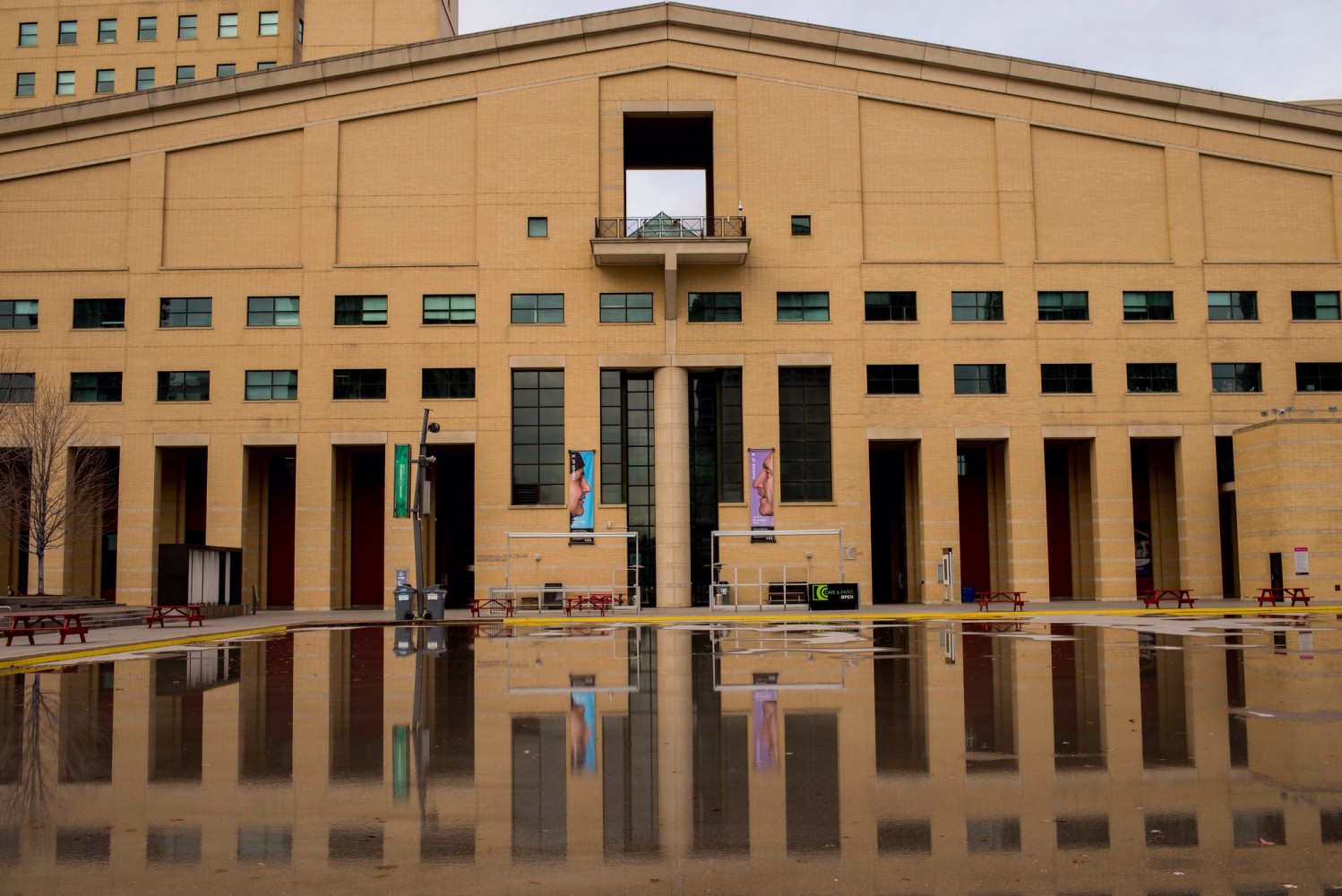
What costs will Mississauga have to assume for its game-changing Hurontario LRT?
For all of their impact on a city’s finances, operating costs would seem to be among the least considered factors for building new transit.
Politicians are only too happy to approve the doling out of fat cheques for the building of shiny, bright transit plans and cover years of construction. But after the brand new transit has emerged from the rubble, it is the city that is on the hook for the ongoing expenses of running and maintaining the system on a daily basis.
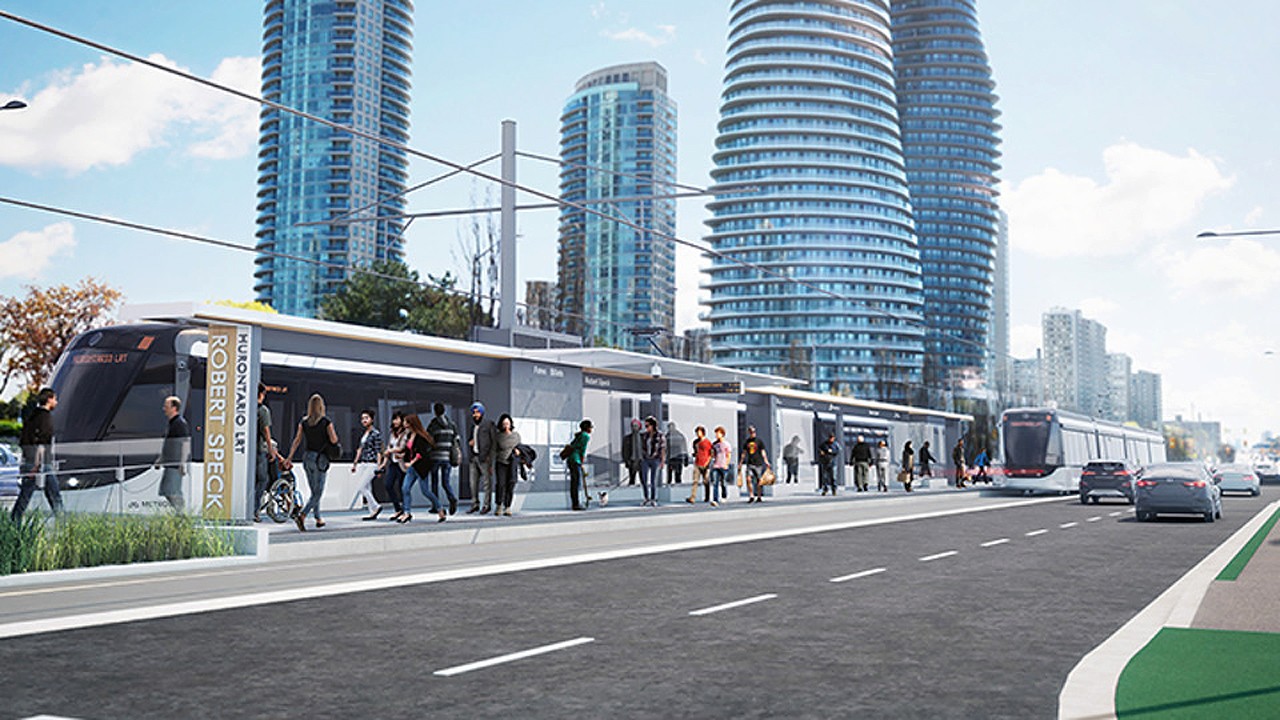
A rendering of the future Hurontario LRT
If ridership booms right out of the gate, those costs are much more happily borne, but if it is lower than projected, those costs only become a weightier constraint for the municipal budget.
In the case of the Hurontario LRT, Mississauga must bear much of the cost for operating the new line, which is budgeted to cost at least $1.5 billion for the construction alone that will include 19 stops from Port Credit to the Brampton Gateway Terminal.
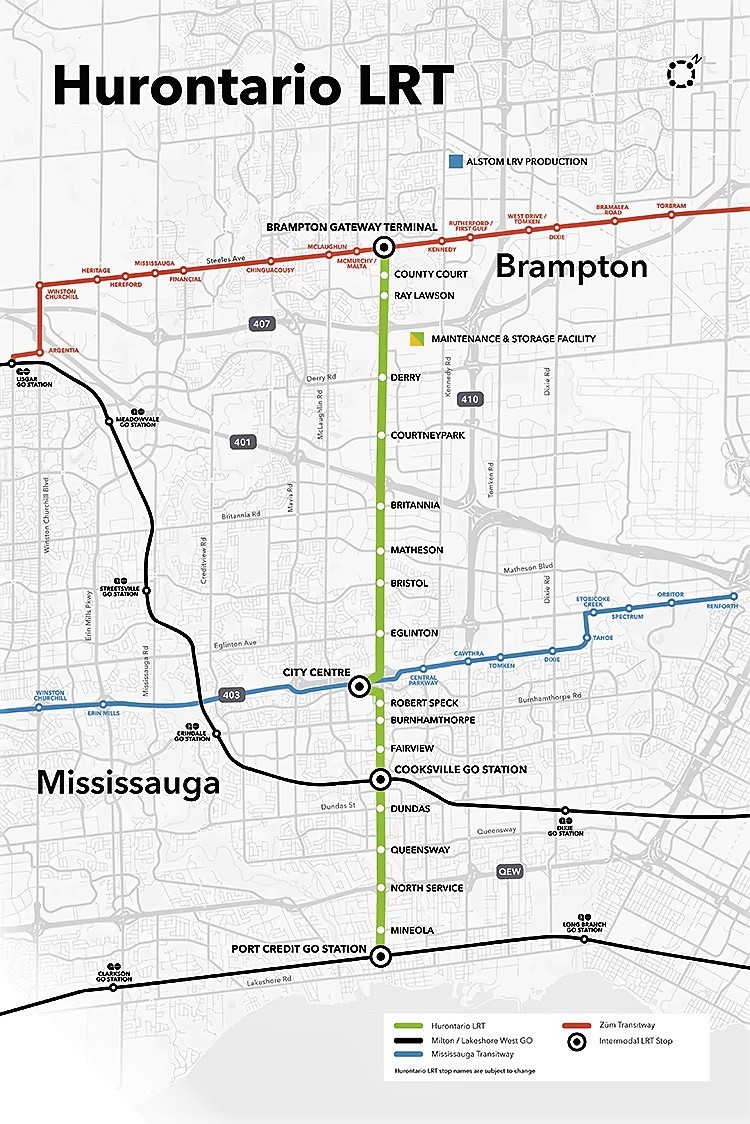
Last October, the province announced the awarding of a $4.6-billion contract to the consortium Mobilinx, which will handle the engineering, design, construction, operations and maintenance of the entire project over the course of 30 years once the line opens.
Under the terms of the agreement, Metrolinx will operate the line on behalf of the municipality and will likely assume some share of the operating costs, although that breakdown has yet to be revealed.
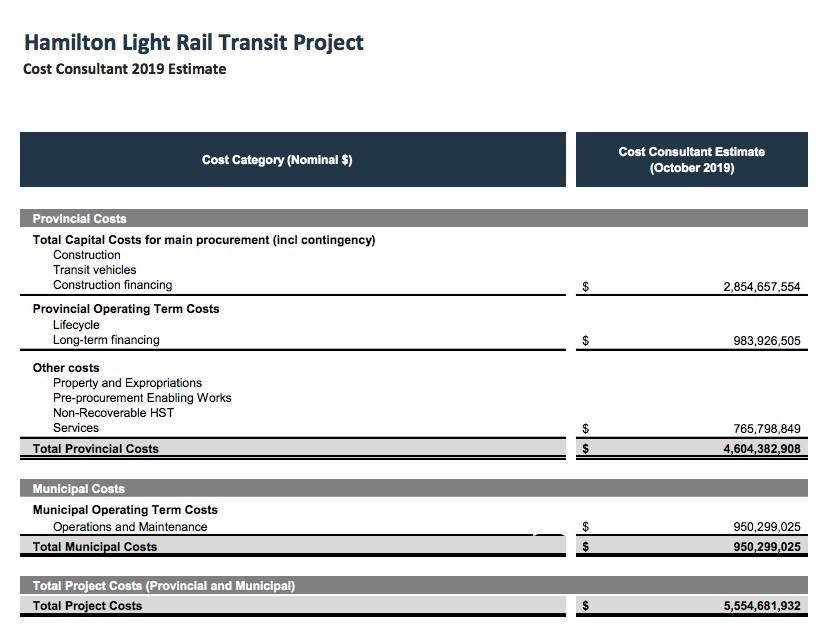
Mississauga has a deadline of 2022 at the latest to enter a Memorandum of Understanding (MOU) with Metrolinx, a detailed document which breaks down how the provincial agency and the city plan to share the responsibility and expense of operating the new route. Brampton must also sign onto the MOU to account for the portion of the operating costs for the three LRT stops within its borders.
No specific costs have been made public in regards to how much the entire operating costs will be for any part of the line, which is now projected to open no earlier than 2024.
Mississauga Transportation and Works Commissioner Geoff Wright declined to comment on the exact amount of operating costs the city expects to assume since negotiations with Metrolinx over the MOU are still in a preliminary stage.
The city appeared to be concerned over operating costs as recently as May 2018, as was outlined in a staff report penned by Wright seeking an urgent response. But now that the project completion has been extended two years, the deadline for an agreement isn’t as stringent, and the city now expects the MOU to be completed in 18-24 months.
It’s also unclear who will cover costs for features such as surface upgrades, enhancements to terminal and LRT stop designs, landscaping, other architectural design, street art, the moving of utilities, any rerouting of streets and other associated costs that could add up to hundreds of millions of dollars.
When the project received the green light from the Kathleen Wynne Liberal government, complete with a funding promise, Nando Iannicca, then a Mississauga councillor and now the chair of Peel Region, made a grand pronouncement to build majestic European-style terminals for this iconic piece of the city’s transportation infrastructure.
He said the private sector, including developers who stand to reap handsome profits from the increased property values the LRT will create, would be tapped to pay for such features.
Now, with the pre-construction underway, there’s still no information about who will pay for many of the associated costs and what exactly is being planned for the design of the entire corridor.
It’s also not clear if council has been budgeting for many of the associated LRT costs, as such funding appears absent from the recently approved 2020 budget.
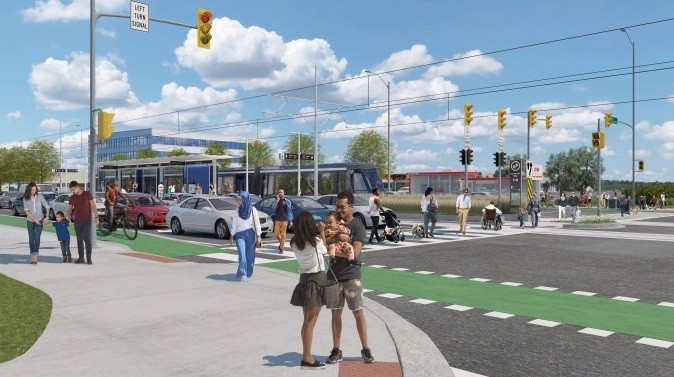
Pre-construction is already underway on the Hurontario LRT, which Metrolinx wants completed by the spring
Last week, Wright declined to comment on the specifics of the costs that need to be worked out, telling The Pointer it is too ‘premature to comment on specific commitments’, despite the fact preliminary construction work — the relocation of gas lines and other utilities — has already begun.
Not only will the city have to account for its share of the operating costs for the LRT, but it will also need to budget for considerations like fare enforcement, customer service and rider assistance, along with marketing, PRESTO and the daily maintenance required once the line is up and running.
Should the city and Metrolinx finalize the MOU within two years as is projected, it will likely resemble similar agreements that were agreed to with surrounding municipalities for the operation of their own provincially-built LRT plans.
As was the case with those agreements, Mississauga will likely be able to collect and keep all of the fare revenue generated from the LRT. It will also be able to rely on its share of provincial gas tax revenues allocated for transit, which was worth $18.7 million to the city in 2019.
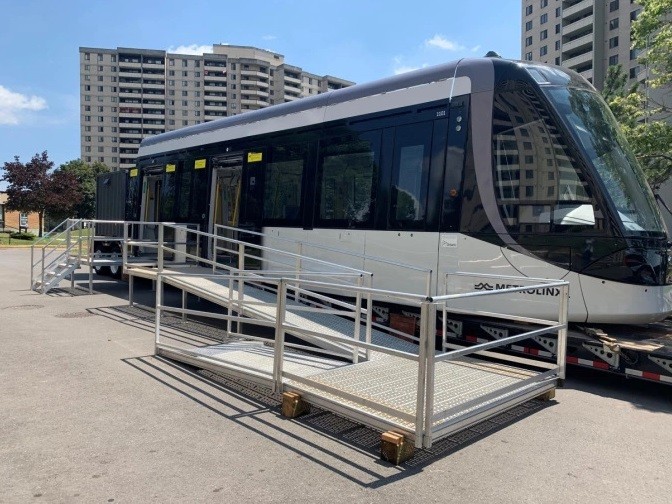
A protoype of a Hurontario LRT vehicle, on display at Square One Shopping Centre in August 2019
To get a sense of what those costs could be for Mississauga, we can analyze what’s publicly known about the costs for LRT plans already on the books in other municipalities.
In the case of Toronto, for its two LRT lines, Eglinton Crosstown and Finch West, the city is on the hook for around $90.5 million in annual operating expenses, which are significantly offset by cost-savings projected from the reduction of buses required when the first of the LRT, the Crosstown, which will be operated by the TTC, starts running in 2021.
Hamilton’s LRT plan was unceremoniously axed in late 2019, with the province citing cost projections far exceeding the plan’s initial one billion dollar budget as the reason for the cancellation.
A brief expense estimate released by the province to the media projected an annual cost to Hamilton of more than $31 million per year over 30 years, although those numbers are in dispute.
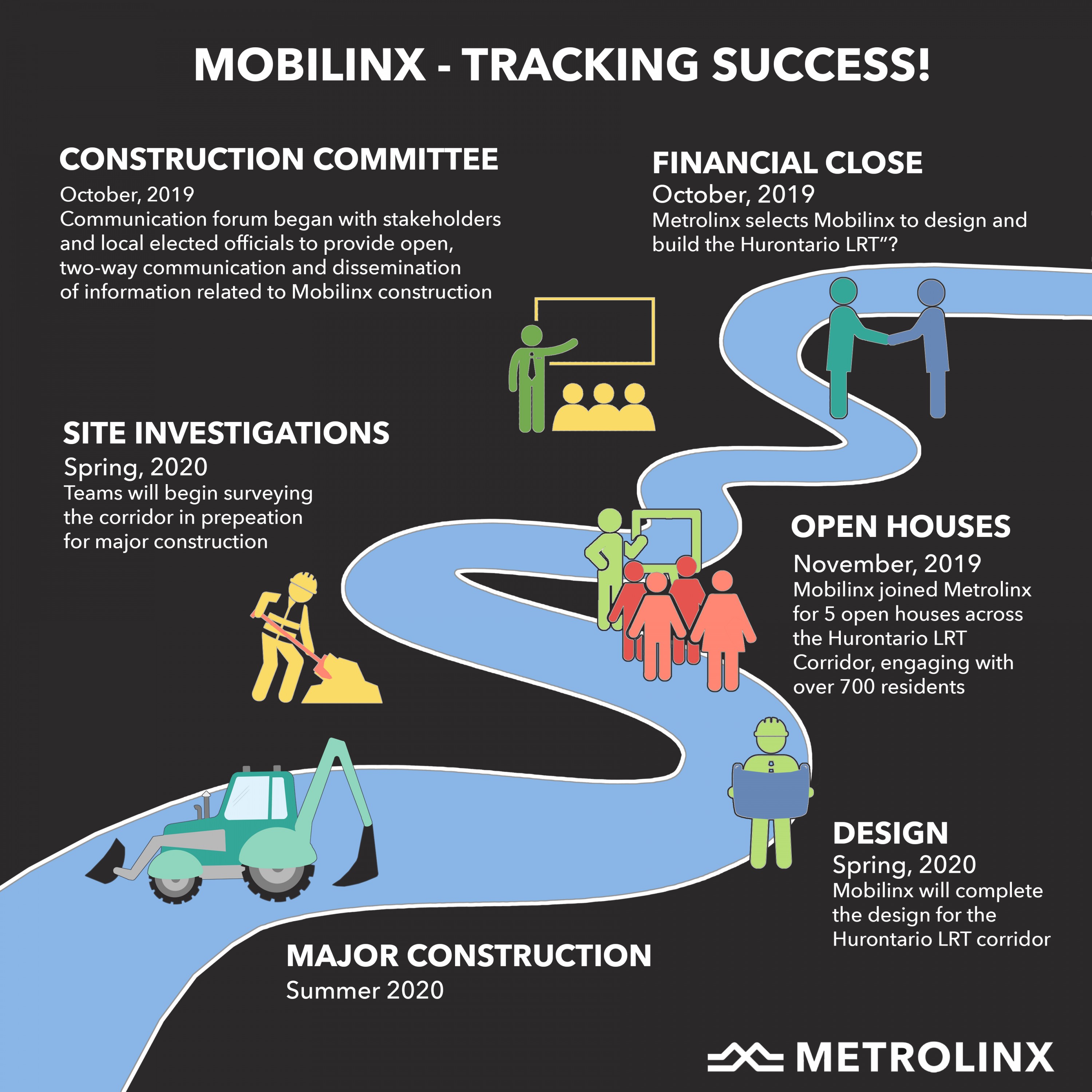
Brampton was originally part of the plan to build the Hurontario LRT into its downtown before it backed out in 2015, with some council members demanding an alternate route into the city centre that would help build better ridership and avoid the floodplain issues faced by the provincially approved Brampton route.
Following the 2018 election of Mayor Patrick Brown, council approved reinstating the cancelled section, but it would require a provincial funding commitment to proceed. Council also has not decided between two competing alignments, one on the surface and a tunnel option preferred by Brown.
While the specific operating costs for the 2015 plan were never revealed, ridership projections released by Metrolinx that year indicated the line would attract some 12,500 rush hour riders from Brampton GO station to downtown Mississauga, and nearly 35 million in annual riders by 2031.
With those numbers, it was expected that Brampton’s portion of the operating costs would be largely offset by the corresponding increase in ridership.
Should Brampton formally endorse reinstating the plan to extend the line’s terminus north of Steeles to Brampton GO station, it would still have to work out with Metrolinx what it would owe for its share of the operating expenses, and potentially work out a similar agreement with Mississauga. The province has not guaranteed it will fully fund the Brampton extension, even if the city's council finally agrees on a route.
In addition to the operating expenses for the LRT, Mississauga might also need to find some cash on the capital side to pay for sought after infrastructure, such as building the Port Credit stop underground, a desire that was made public in 2017.
Mobilinx has indicated one stop will be underground, suggesting it could eventually be paid for through the existing budget.
Beyond those costs, Mississauga has identified the need for significant infrastructure upgrades to complete in conjunction with the LRT.
The city’s budget, approved in late January, projects more than $680 million over the next 10 years will be required to pay for major bridge and road repairs, as well as infrastructure upgrades along the Hurontario traffic corridor.
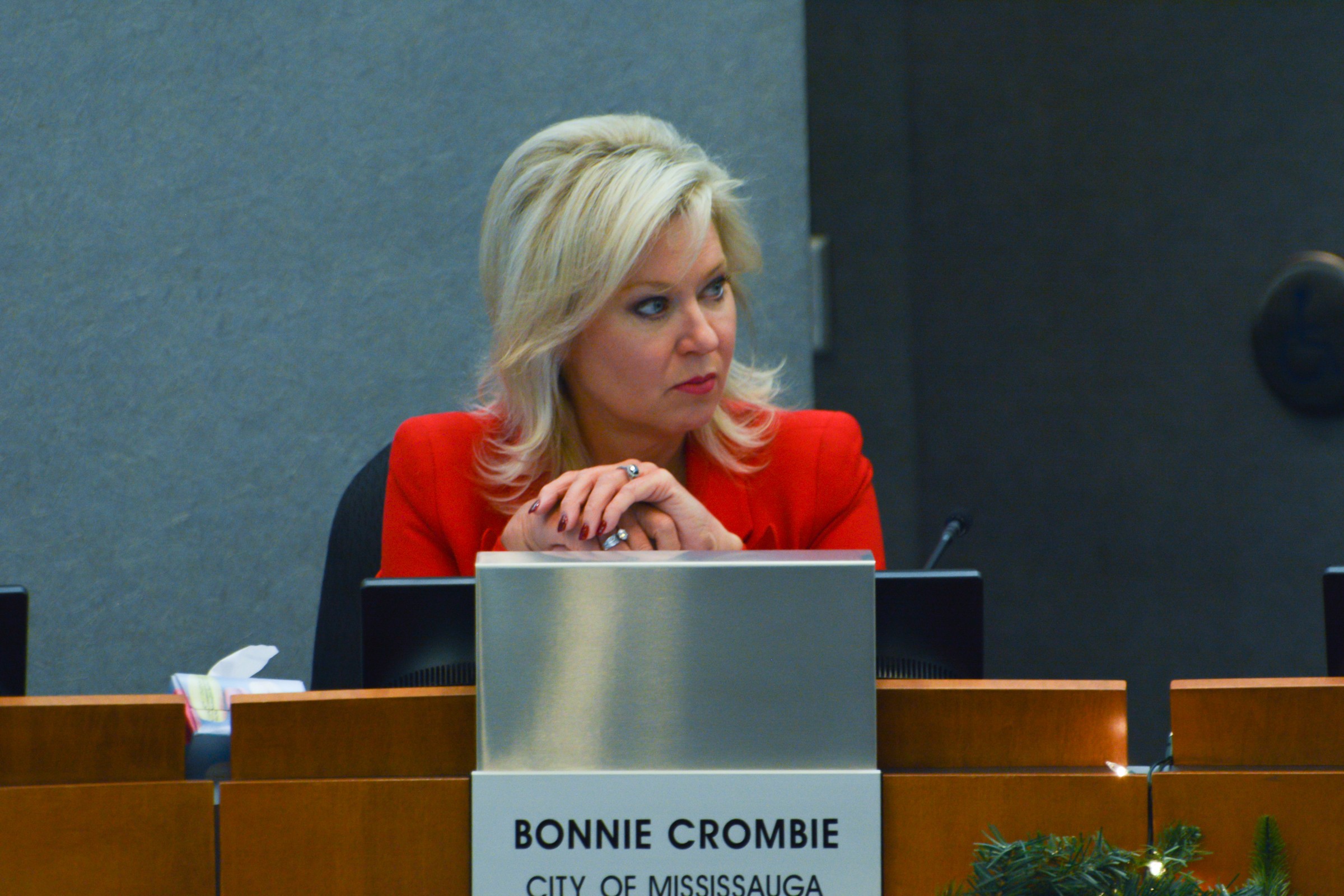
Mississauga Mayor Bonnie Crombie
Associated with those upgrades, which include sidewalk widening, decorative paving, improved street furniture like benches and bike racks as well as noise and retaining walls, are ongoing costs for maintenance and the like, which the city will have to fund out of its own pocket.
Mississauga Mayor Bonnie Crombie didn’t respond to a request from The Pointer about how the city will pay for the the currently unfunded costs identified as being associated with the Hurontario LRT.
The city budget projects being able to cover the bulk of its capital commitments through a mix of funding tools, including property and gas tax revenue, along with development charges coming from an estimated $40-45 billion worth of construction investment planned over the next couple decades.
Metrolinx wants to complete all pre-construction work, including utility relocations before the end of the year. It expects to begin stop and track construction in 2021. Major construction beginning with the removal of traffic medians from Hurontario Street is set to begin in the summer.
Email: [email protected]
Twitter: @RG_Reporter
Tel: 647-998-3514
Submit a correction about this story


